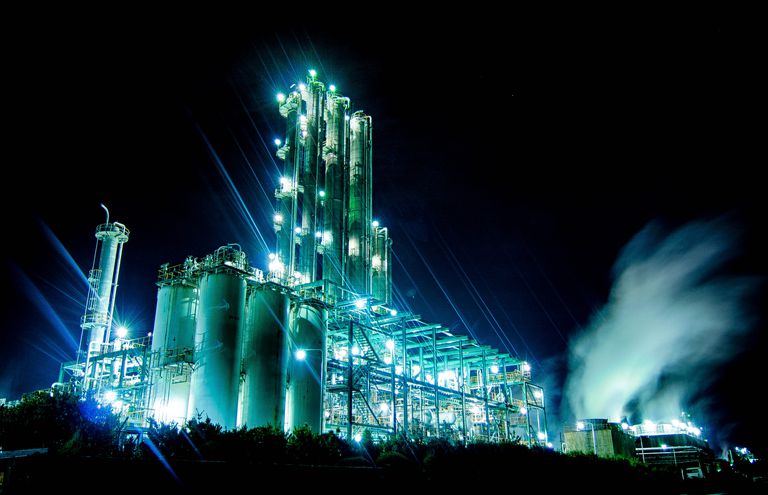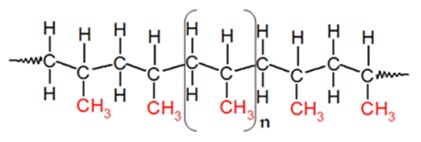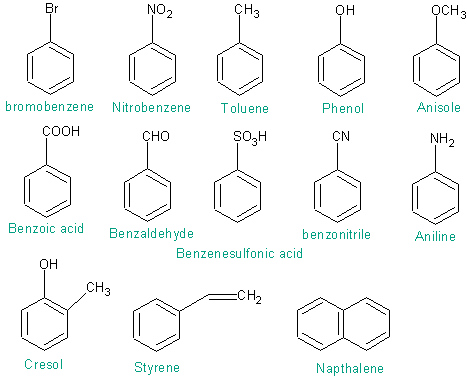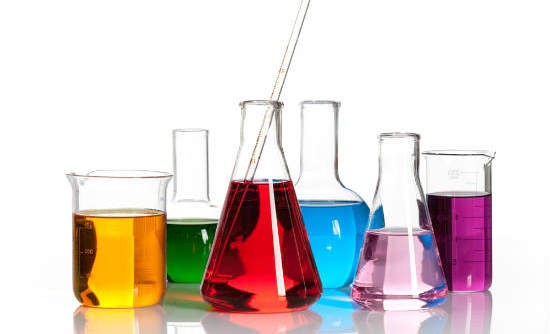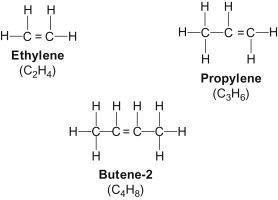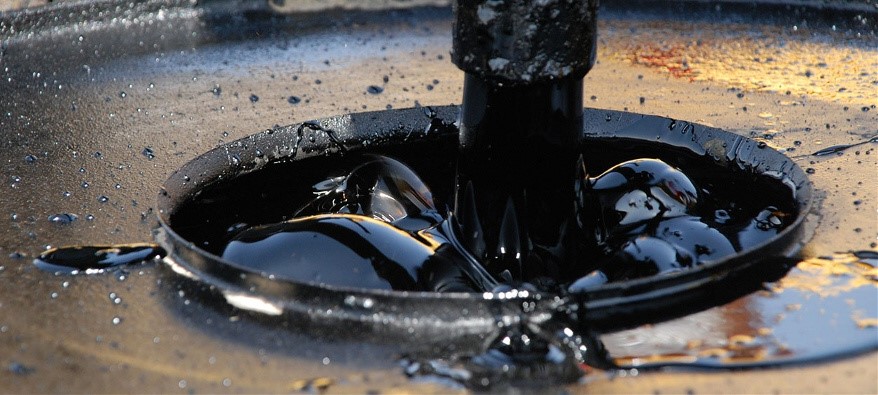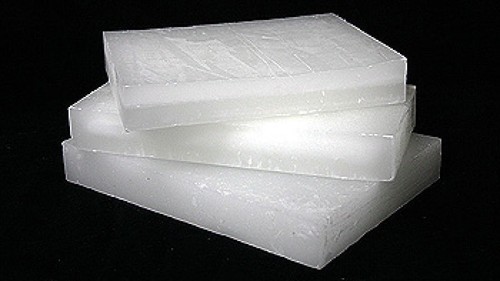Polypropylene
Polypropylene is a tough, rigid and crystalline thermoplastic produced from propene (or propylene) monomer. It is a linear hydrocarbon resin. The chemical formula of polypropylene is (C3H6)n. PP is among the cheapest plastics available today. What is Polypropylene and What It’s Used for? Polypropylene is a tough, rigid and crystalline thermoplastic produced from propene (or propylene) monomer. It is a linear hydrocarbon resin. The chemical formula of polypropylene is (C3H6)n. PP is among the cheapest plastics available today. Molecular Structure of Polypropylene PP belongs to polyolefin family of polymers and is one of the top three widely used polymers today. Polypropylene has applications both as a plastic and a fiber in: Automotive Industry Industrial Applications Consumer Goods, and Furniture Market It has the lowest density among commodity plastics. Some of the key suppliers of polypropylene are: GAPEX, ACCUTECH, POLYFORT, Fiberfil, FERREX and more Daplen, Bormed, Fibremod and more ExxonMobil, Achieve Adstif, Circulen, Hifax, Hostacom, Moplen and more SABIC PP, SABIC Vestolen, LNP THERMOCOMP and more ESD C, ESD A, RTP 100, RTP 101 to 109 and more How to Produce Polypropylene? These days, polypropylene is made from polymerization of propene monomer (an unsaturated organic compound – chemical formula C3H6) by: Ziegler-Natta polymerization or Metallocene catalysis polymerization Upon polymerization, PP can form three basic chain structures depending on the position of the methyl groups: Atactic (aPP) – Irregular methyl group (CH3) arrangement Isotactic (iPP) – Methyl groups (CH3) arranged on one side of the carbon chain Syndiotactic (sPP) – Alternating methyl group (CH3) arrangementWhat is Polypropylene and What It’s Used for?Polypropylene is a tough, rigid and crystalline thermoplastic produced from propene (or propylene) monomer. It is a linear hydrocarbon resin. The chemical formula of polypropylene is (C3H6)n. PP is among the cheapest plastics available today.Molecular Structure of Polypropylene Molecular Structure of Polypropylene PP belongs to polyolefin family of polymers and is one of the top three widely used polymers today. Polypropylene has applications both as a plastic and a fiber in: Automotive Industry Industrial Applications Consumer Goods, and Furniture Market It has the lowest density among commodity plastics. Some of the key suppliers of polypropylene are: A. Schulman – GAPEX®, ACCUTECH™, POLYFORT®, Fiberfil®, FERREX® and more Borealis – Daplen™, Bormed™, Fibremod™ and more ExxonMobil Chemical – ExxonMobil™, Achieve™ LyondellBasell – Adstif, Circulen, Hifax, Hostacom, Moplen and more SABIC – SABIC® PP, SABIC® Vestolen, LNP™ THERMOCOMP™ and more RTP Company – ESD C, ESD A, RTP 100, RTP 101 to 109 and more How to Produce Polypropylene? These days, polypropylene is made from polymerization of propene monomer (an unsaturated organic compound – chemical formula C3H6) by: Ziegler-Natta polymerization or Metallocene catalysis polymerization Structure of PP Monomer Structure of PP Monomer C3H6 Ziegler-Natta Polymerization Arrow Or Metallocene Catalysis Structure of Polypropylene Structure of Polypropylene (C3H6)n Upon polymerization, PP can form three basic chain structures depending on the position of the methyl groups: Atactic (aPP) – Irregular methyl group (CH3) arrangement Isotactic (iPP) – Methyl groups (CH3) arranged on one side of the carbon chain Syndiotactic (sPP) – Alternating methyl group (CH3) arrangement Types of Polypropylene Facts to Know Polypropylene was first polymerized by German chemist named Karl Rehn and an Italian chemist named Giulio Natta to a crystalline isotactic polymer in 1954. This discovery soon led to a large-scale production of polypropylene starting in 1957 by the Italian firm Montecatini. Syndiotactic polypropylene was also first synthesized by Natta and his coworkers. Types of Polypropylene & their Benefits Homopolymers and Copolymers are the two major types of polypropylene available in the market. Polypropylene Homopolymer is the most widely utilized general-purpose grade. It contains only propylene monomer in a semi-crystalline solid form. Main applications include packaging, textiles, healthcare, pipes, automotive and electrical applications. Polypropylene Copolymer family is further divided into random copolymers and block copolymers produced by polymerizing of propene and ethane: Polypropylene Random Copolymer is produced by polymerizing together ethene and propene. It features Ethene units, usually up to 6% by mass, incorporated randomly in the polypropylene chains. These polymers are flexible and optically clear making them suitable of applications requiring transparency and for products requiring an excellent appearance. While in Polypropylene Block Copolymer, ethene content is larger (between 5 and 15%). It has co-monomer units arranged in regular pattern (or blocks). The regular pattern hence makes thermoplastic tougher and less brittle than the random co-polymer. These polymers are suitable for applications requiring high strength, such as industrial usages. Polypropylene, Impact Copolymer – Propylene Homopolymer containing a co-mixed Propylene Random Copolymer phase which has an ethylene content of 45-65% is referred to PP impact copolymer. It is useful in parts which require good impact resistance. Impact copolymers are mainly used in packaging, houseware, film, and pipe applications, as well as in the automotive and electrical segments. Expanded Polypropylene – It is a closed-cell bead foam with ultra-low density. EPP is used to produce three-dimensional polymer foam products. EPP bead foam has higher strength to weight ratio, excellent impact resistance, thermal insulation, and chemical and water resistance. EPP is used in various applications ranging from automobiles to packaging, from construction products to consumer goods and more. Polypropylene Terpolymer – It is composed by propylene segments joined by monomers ethylene and butane (co-monomer) which appear randomly throughout the polymer chain. PP terpolymer has better transparency than PP homo. Also, the incorporation of co-monomers reduces crystalline uniformity in the polymer making it suitable for sealing film applications. Polypropylene, High Melt Strength (HMS PP)– It is a long chain branched material, which combines both high melt strength and extensibility in the melt phase. PP HMS grades have a wide mechanical property range, high heat stability, good chemical resistance. HMS PP is widely used to produce soft, low density foams for food packaging applications as well as used in automotive and construction industries.
Aromatic
Aromatics are types of hydrocarbons derived from petroleum, characterized by one or more six-carbon rings (benzene rings) molecular structure and ‘sweet’ or aromatic odor. Benzene, toluene, and xylenes are the most common aromatics, and are extensively used in the chemical industry as chemical feedstocks, solvents, and as additives to gasoline to raise its octane rating.
LLDPE
Feed: Ethylene, Hydrogen, Butene, Propylene, Propane, Hexane-1 Number of grades: 54 Features: -One of the largest of its kind in Iran -Extruder capacity: 48 MT/hour Applications: 5Packaging, home appliances, textile, agriculture and automobile industries
HDPE
Feed: Ethylene, Hydrogen and Butene Number of grades: 23 Features: •High variety of grades • High production capacity • Capability of producing coloured grades and 2 packaging extruder line • Capability of producing coloured products in injection, extrusion and blow moulding grades Applications: Home appliances, packaging, PE pipes, automobile and agriculture industries
Butene-1
Feed: Ethylene and Hydrogen Features: The largest production plant in Middle East Applications: Rubber industry, SBR, ABS and PBR
Olefin
Olefin, also called alkene, compound made up of hydrogen and carbon that contains one or more pairs of carbon atoms linked by a double bond. Olefins are examples of unsaturated hydrocarbons (compounds that contain only hydrogen and carbon and at least one double or triple bond). They are classified in either or both of the following ways: (1) as cyclic or acyclic (aliphatic) olefins, in which the double bond is located between carbon atoms forming part of a cyclic (closed-ring) or of an open-chain grouping, respectively, and (2) as monoolefins, diolefins, triolefins, etc., in which the number of double bonds per molecule is, respectively, one, two, three, or some other number.
Sustainbility
As a global leader in packaging and paper, we offer a world of opportunities. Our expertise lies in finding the most dynamic and reliable solutions. Delivering value to our stakeholders is always top of mind. Our strategic approach enables us to better respond to the key risks and opportunities associated with global challenges including climate change, degradation of ecosystems, resource scarcity and population growth. Our commitment to sustainability has contributed to our strong performance across the business and our commitment to sustainable development is fundamental to our success.
Bitumen
Specifications and Characteristics of Bitumen 60/70
Paraffin Wax
ABM paraffin wax is formulated from petroleum by dew axing light lubricating oil stocks. This commodity is mostly found as a white, odorless, tasteless, waxy solid, with a typical melting point between about 48° to 66° C (120° to 150° F). Being present in more than 10 countries, ABM is one of the suppliers of paraffin wax and is pleased to provide it to a wide range of countries across the world. ABM is also recognized internationally for its focus on guarantying the quality of paraffin wax with the arrangement of an international inspector to check the quality and quantity of the product during the loading.
